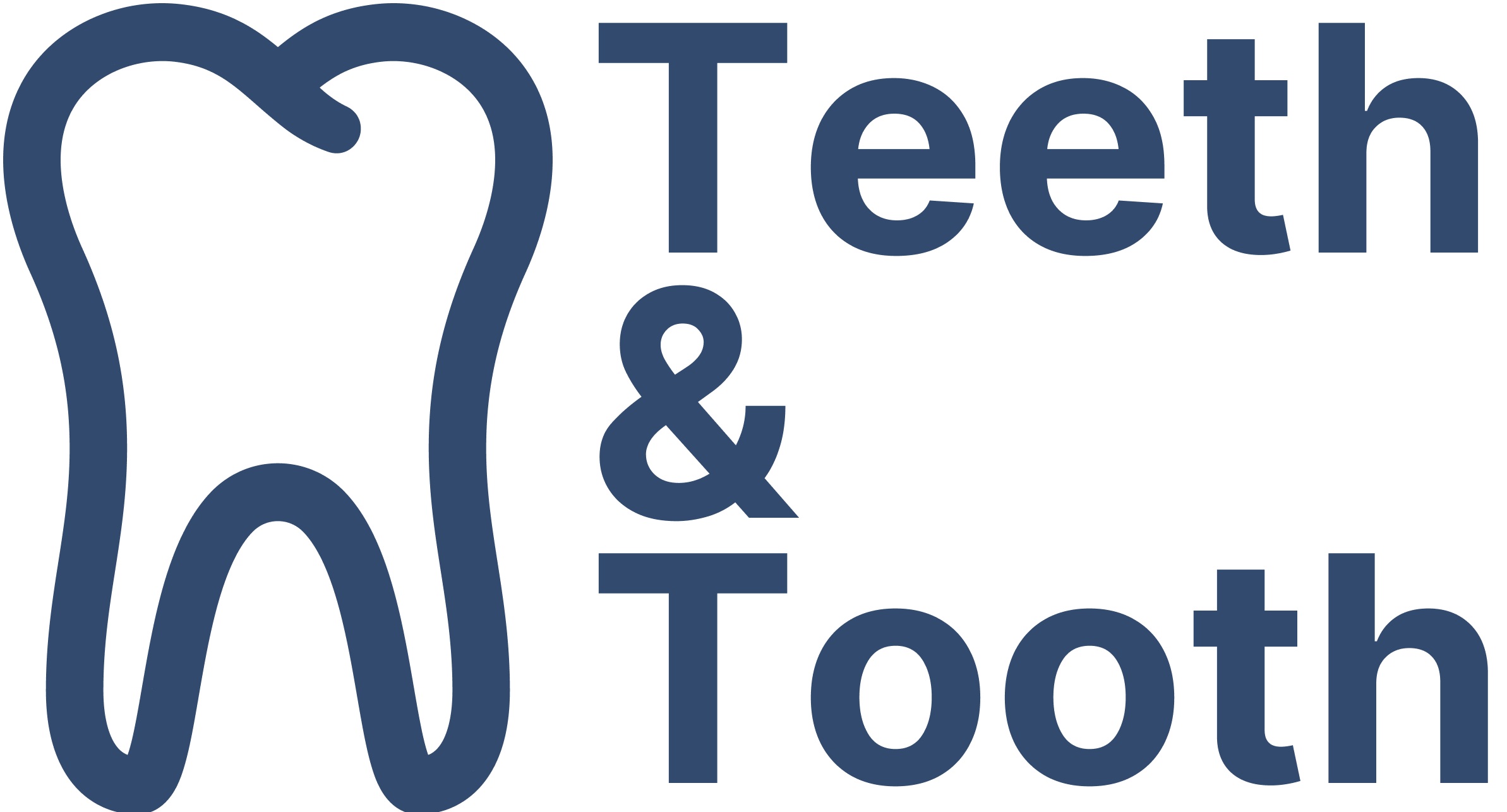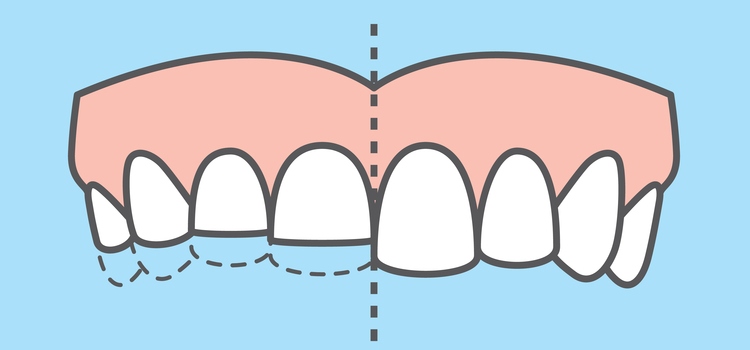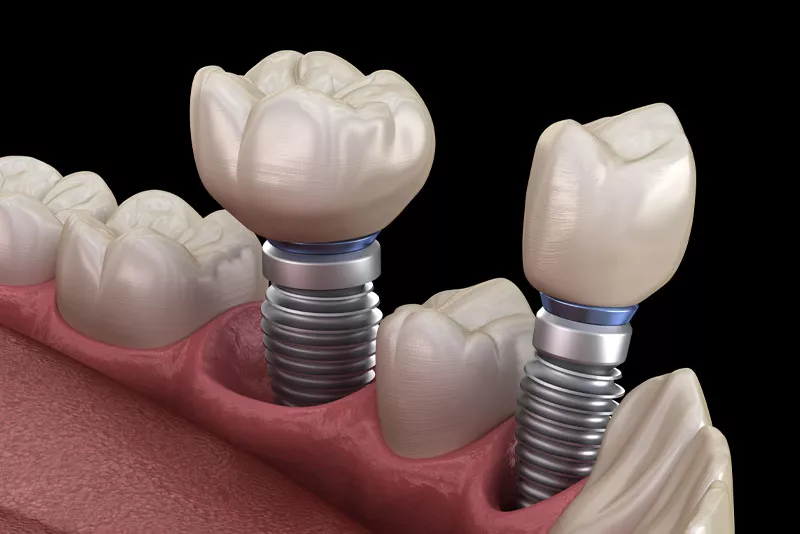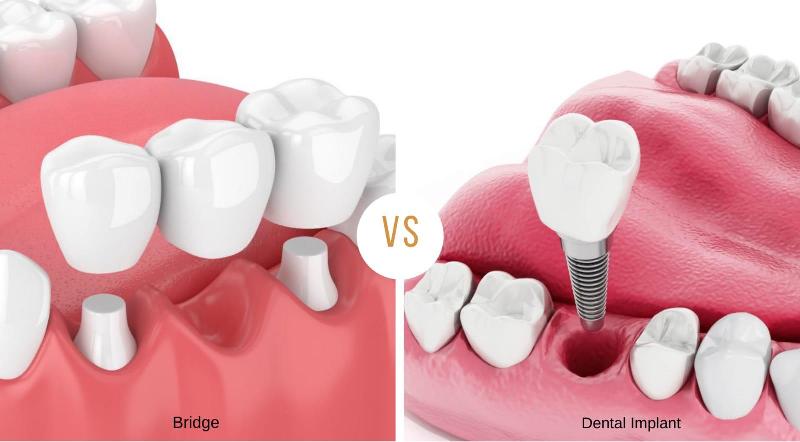If you are in your late teens or early adulthood, you probably have had your wisdom teeth pulled. The mere mention of the infamous third molars is enough to make many wince as it brings to mind visions of the extraction surgery and the post-surgery ice packs.
For a small handful of you who had their wisdom teeth pulled or will be having it removed, you may have come across the term “hooked roots”. And no, this isn’t the title of a dental horror movie; it is a real-life dental phenomenon that can make an already complex procedure even trickier.
But what exactly is a hooked root, and how does it affect the wisdom teeth removal surgery? In this article, we will shed light on this fascinating dental phenomenon, exploring the causes behind it and what it means for you when you have them. So seat back, hook up, and join us as we understand the nooks (not hooks) and crannies of your oral health!
What Is a Wisdom Teeth Hooked Root?
The term “hooked root” in relation to the wisdom teeth refers to a dental condition where the roots of the molars are either curved or bend, resembling a hook at their ends.
It should be noted that hooked roots are not just a slight curvature but are notably bent or angled. In dental X-rays, they often appear to curve away from the tooth’s crown and may extend in a direction that is not typical for molar roots. These roots can exist in varying degrees of curvature, from moderate bends to more severe hook-like formations.
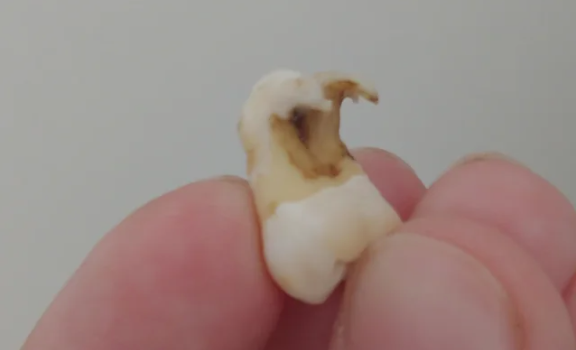
A wisdom teeth that has a hooked root creates a complex scenario that requires careful attention during an extraction procedure. This is due to the different implications it causes:
- Damage to Jawbone: The curvature of the hooked roots makes the wisdom teeth more anchored in the jawbone. Surgical skill and precision are necessary to remove such teeth without causing undue harm. The expertise of an oral surgeon or a maxillofacial surgeon is required to handle the unique challenges that the hooked root presents.
- Nerve Damage: Because the hooked roots can be closer to nerve pathways or other critical anatomical structures, there is an increased risk of damage to the nerve.
- Increased Surgery Time and Slower Recovery: Hooked roots, due to their unique structure, could require additional surgical steps for a successful extraction. As a result, you might expect a slightly longer time in the operating chair compared to a standard wisdom tooth removal. The recovery will also be slower as the wound is likely to be more extensive than usual.
Understanding what a hooked root is and how it may affect a wisdom teeth removal surgery is important as it allows you to make an informed decision about your oral health.
Why It Happens?
The condition of hooked roots has puzzled both dental professionals and those who suffer from it. So, why do these hooked roots occur in the first place? Let’s explore some of the key reasons behind this dental anomaly.
1. Genetic Factors
Genetics play a significant role in the formation of hooked roots. If members of your family have wisdom teeth with similar root formations, the likelihood that you may also have hooked roots increases. Genetic traits such as tooth size, shape, and even root curvature can be inherited from your ancestors.
2. Tooth Development
The pattern of tooth development might also contribute to hooked root formation. The root of a tooth forms last, and if it faces obstacles during this stage—such as other teeth, the jawbone, or even cysts—it may be forced to curve or hook.
3. Lack of Space
Over time, the human jawbone has evolved to become smaller, but the size of our teeth hasn’t proportionately shrunk. As a result, the lack of adequate space in the jaw can force the roots of wisdom teeth to grow in a less than ideal direction. This confined space can result in roots that curve or bend to fit into the available area, leading to hooked formations.
4. Environmental Influences
While not as common and studied on, some researchers suggest that early life nutrition and other environmental elements might play a role in tooth development, including root formation. However, conclusive studies in this area are still lacking.
5. Evolutionary Residue
Some dental researchers speculate that hooked roots may be an evolutionary carryover. Earlier humans had larger jaws and used their teeth for tasks other than eating, such as for tools. The hooked roots might have provided additional anchorage and strength for these functions. However, this theory is more speculative and hasn’t been conclusively proven in the archeological research.
As seen, it in inconclusive on what is the cause of hooked roots on your wisdom teeth. It maybe due to either of the factors, or a combination of several. Nonetheless, it is important to get diagnosed for a hooked roots. If you suspect that you have wisdom teeth with hooked roots, consulting a dental professional for specialized imaging tests is the prudent first step.
How to Get Diagnosed for Hooked Roots?
An accurate diagnosis is crucial for devising an appropriate treatment plan to remove your wisdom teeth with a hooked roots. Here are the usual steps taken prior to any wisdom teeth removal surgery:
- Initial Oral Examination: Your dentist will visually inspect the oral cavity and may palpate the area around the wisdom teeth to assess for inflammation, infection, or any anatomical abnormalities. The hooked root is undetectable at this stage as it is buried under the gum.
- Panoramic X-ray: This radiographic image offers a detailed view of the maxillofacial structure, including the position of the wisdom teeth and their roots. While panoramic X-rays provide a two-dimensional perspective, they are invaluable for identifying abnormal root formations, including hooks.
- Cone-Beam Computed Tomography (CBCT): When it is suspected that the roots are suspected to be convoluted or situated close to critical anatomical structures such as nerves or the sinus cavity, a Cone-Beam Computed Tomography (CBCT) scan may be recommended. This diagnostic tool offers a three-dimensional image of the oral cavity, providing unparalleled detail and accuracy in the visualization of root structures. It is at this point that the hooked roots can be accurately diagnosed and mapped.
- Specialist Consultation: This usually involves an oral and maxillofacial surgeon, who will perform a meticulous evaluation of the diagnostic images and may conduct additional tests to confirm the diagnosis and to formulate a surgical plan.
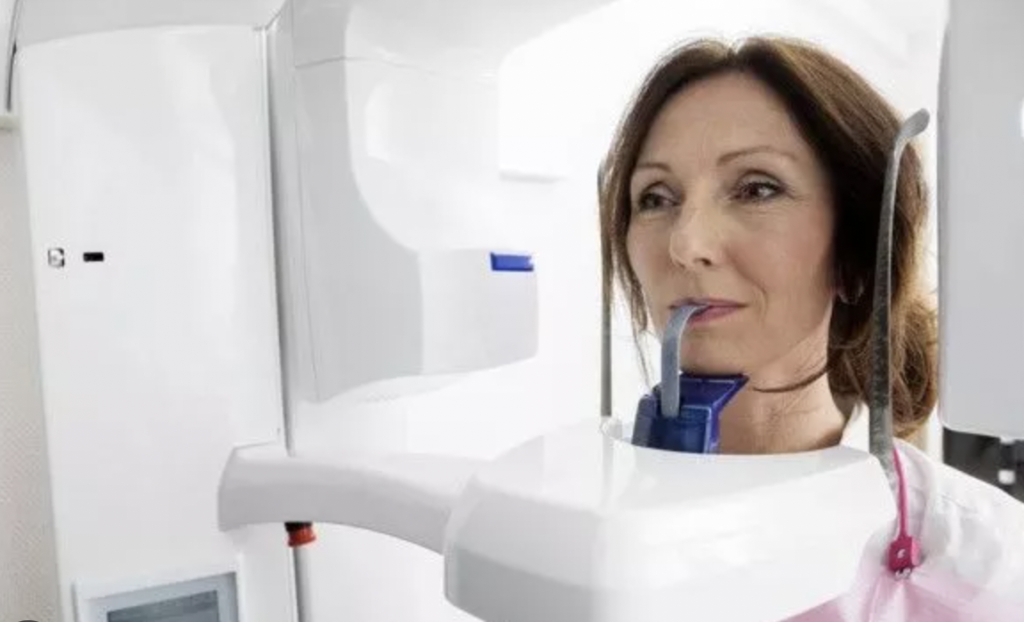
Due to the complexity and potential risks associated with hooked roots, patients are often advised to seek a second opinion before proceeding with any surgical intervention.
How to Remove Wisdom Teeth with Hooked Roots?
The extraction of wisdom teeth featuring hooked roots necessitates specialized surgical techniques and preoperative planning to mitigate complications and optimize the outcomes of the procedure.
Prior to any surgery, anesthesia is first administered. Depending on the complexity of the surgery and personal preference, local anesthesia, conscious sedation, or general anesthesia can be chosen. The choice of anesthesia is discussed during the preoperative consultation.
During the surgery, a surgical incision is made in the oral mucosa adjacent to the wisdom tooth to be extracted. A mucoperiosteal flap is often elevated to expose the underlying bone and tooth. This provides better visibility and accessibility for the surgeon.
As the surgery is complicated by the presence of hooked roots, the tooth may be sectioned, or cut into smaller parts. This is particularly useful when dealing with hooked roots to avoid nerve damage.
You may be interested in: Top 8 Essential Oils to Relieve Toothache and Improve Oral Health
Once adequate access is established and any necessary sectioning performed, the tooth is carefully elevated and extracted using specialized dental forceps or elevators. Care is taken to minimize trauma to the surrounding tissues and to safely navigate the hooked roots away from vital structures.
After extraction, the surgical site is inspected for any remaining tooth fragments or bone spurs. Hemostasis is achieved using pressure. Dissolvable or non-dissolvable sutures are then stitched in place to close the surgical incision.
After the surgery, you may feel a bit loopy and disoriented from the surgery. This is perfectly normal as the anesthesia have yet to wear off completely. You will be prescribed antibiotics and analgesics to manage postoperative infection and pain, respectively.
A follow-up appointment is usually scheduled within a week to assess the healing process and remove any sutures if necessary.
Closing Thoughts
So there you have it—a comprehensive deep-dive into the enigmatic world of hooked wisdom teeth. We’ve explored what they are, why they happen, and even touched upon the surgical procedure for their removal.
So, should you be worried? Not really. Concerned? Perhaps. The best course of action is always to consult with healthcare professionals to understand your unique dental situation better. And hey, a second opinion never hurts when it comes to something as important as this.
We hope this article has shed some light on the subject, elevating your understanding and, hopefully, alleviating some anxieties you may have had about this dental phenomenon.
